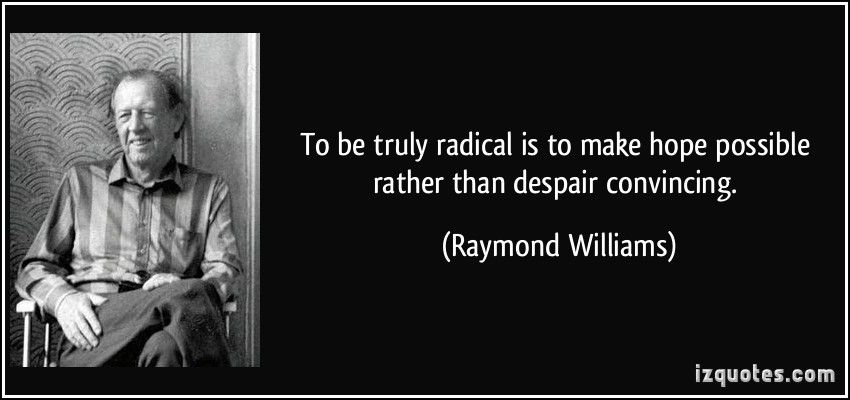Associative conditioning in gene regulatory network models increases integrative causal emergence
Federico Pigozzi, Adam Goldstein & Michael Levin — 09 July 2025
https://www.nature.com/articles/s42003-025-08411-2
When is a system more than the sum of its parts? When and how do the properties of active components enable the emergence of a high-level, integrated decision-making entity1,2,3,4,5? These questions bear on issues in ecology, philosophy mind, psychiatry, swarm robotics, and developmental biology6,7,8,9,10,11,12,13. In a sense, all intelligence is collective intelligence14,15 because even human minds supervene on a collection of cells which are themselves active agents. One practical way to define integrated emergent systems is by the fact that they have goals, memories, preferences, and problem-solving capabilities that their parts do not have. For example, while individual cells solve problems in metabolic, physiological, and transcriptional spaces, what makes an embryo more than a collection of cells is the alignment of cellular activity toward a specific outcome in anatomical morphospace16. Here, we focus on one aspect of emergent agency: integrated, distributed memory.
What does this mean for psychodrama and group work (see Logeman 1999) We think of groups as systems?


